Launch of The health and welfare of Australia’s Aboriginal and Torres Strait Islander peoples 2005
Current topic(The following summary has been adapted from media releases and information provided by the ABS, AIHW and ninemsn)
The major report The health and welfare of Australia’s Aboriginal and Torres Strait Islander peoples 2005, has been jointly released by the Australian Bureau of Statistics (ABS) and the Australian Institute of Health and Welfare (AIHW). The report was launched on 26 August 2005 at Tandanya, the National Aboriginal Cultural Institute, Adelaide, by Mr Tom Calma, Aboriginal and Torres Strait Islander Social Justice Commissioner, and Mr Jim Birch, Chief Executive Officer of the Department of Health in South Australia.
A broad national picture of Indigenous health is presented in the report, and disparities in the health and welfare of Indigenous Australians compared with their non-Indigenous counterparts are explored. Where possible, changes over time in the outcomes for Indigenous people are described. To obtain information, a wide variety of sources were used, particularly national health and welfare data which separately identified Indigenous Australians, and special purpose, Indigenous specific ABS surveys. Existing and new data sources have also been utilised to reflect the diversity of the Indigenous population, and there is a separate chapter about Torres Strait Islander people.
The findings of the report demonstrate that the health of Aboriginal and Torres Strait Islander peoples remains poor compared with the rest of the Australian population and they experience many disadvantages. Findings documented in the report include the life expectancy of Indigenous Australians, which for 1996-2001 was around 17 years less than for other Australians. Indigenous people were also twice as likely to be hospitalised as other Australians. The differences were mainly attributed to dialysis and other potentially preventable chronic conditions, which together accounted for 72% of all hospitalisations of Indigenous people aged 45 years and over, compared with only 21% of hospitalisations for other Australians of the same age. For the first time in the series of biennial reports (released since 1997), information has been included on disability. In 2002, Indigenous people were at least twice as likely as non-Indigenous people to have a profound or severe core activity limitation.
Commenting on the disparities after launching the report in Adelaide, Tom Calma said ‘It’s not an acceptable state of affairs in this day and age and a lot more effort needs to be put in’ (view ninemsn news article). He stated that what was needed was a focus on other activities that contribute to health.
There were however, some health and other gains detailed in the report. Declines were identified in recorded Indigenous mortality rates for 1991-2002 in Western Australia, and in infant mortality rates in Western Australia, South Australia and the Northern Territory over the same period. Of the main causes of death examined, only mortality from diseases of the circulatory system showed a consistently significant decline. Caution needs to be exercised though as while the analyses in this report support a conclusion that Indigenous mortality has declined, it is important to note that estimates of the magnitude of the trend could also reflect changes in reporting Indigenous status in deaths registrations.
There have been improvements in some of the social determinants of health, particularly in education and employment outcomes. For 1996-2004, there were steady increases in Indigenous primary and secondary school enrolments. Over the same period the proportion of Indigenous people aged 18-64 years in mainstream employment rose from 31% to 38% (much of this gain was in part-time employment). In 2002, an additional 13% of Indigenous Australians aged 18-64 years participated in the Community Development Employment Program (CDEP).
The report found that 70% of Indigenous adults recognise their homeland or traditional country, 54% identify with their clan, tribal or language group, and 21% speak an Indigenous language. Over 90% participate in social activities, 46% play a sport and 28% do voluntary work.
Spending on health services per person is only slightly higher for Indigenous Australians despite major disparities in health status between Indigenous and non-Indigenous people – an estimated $3,901 per Indigenous person, compared to $3,308 per non-Indigenous person.
The Health and Welfare of Australia’s Aboriginal and Torres Strait Islander Peoples 2005 report (ISSN 1441-2004; AIHW Cat. No. IHW-14; ABS Cat. No. 4704-0) is available from the Australian Bureau of Statistics (cost $65). For further information contact the Australian Bureau of Statistics, ph: 02 6252 5249, fax 02 6252 6778, email: client.services@abs.gov.au
The report (HTML) is also available on the Australian Bureau of Statistics and the Australian Institute of Health and Welfare websites for downloading.
For more information regarding the launch contact: Anna Stark, AIHW, ph: 02 6244 1287, email: anna.stark@aihw.gov.au
Other information
For a brief abstract of the report view HealthInfoNet reports and publications
Media releases
Australian Bureau of Statistics
Disadvantages remain for Aboriginal and Torres Strait Islander peoples, but some health and other gains
View media release (HTML) (released 26 August 2005)
The Hon Tony Abbott, Minister for Health and Ageing
Improvements in Indigenous mortality rate
View media release (HTML) (released 26 August 2005)
ABC
Indigenous health improving: Abbott
View media release (HTML) (released 26 August 2005)
WA Indigenous mortality rates drop
View media release (HTML) (released 27 August 2005)
Reference
Australian Bureau of Statistics, Australian Institute of Health and Welfare (2005) Health and welfare of Australia’s Aboriginal and Torres Strait Islander peoples 2005. (ABS catalogue no. 4704.0) Canberra: Australian Institute of Health and Welfare and the Australian Bureau of Statistic



